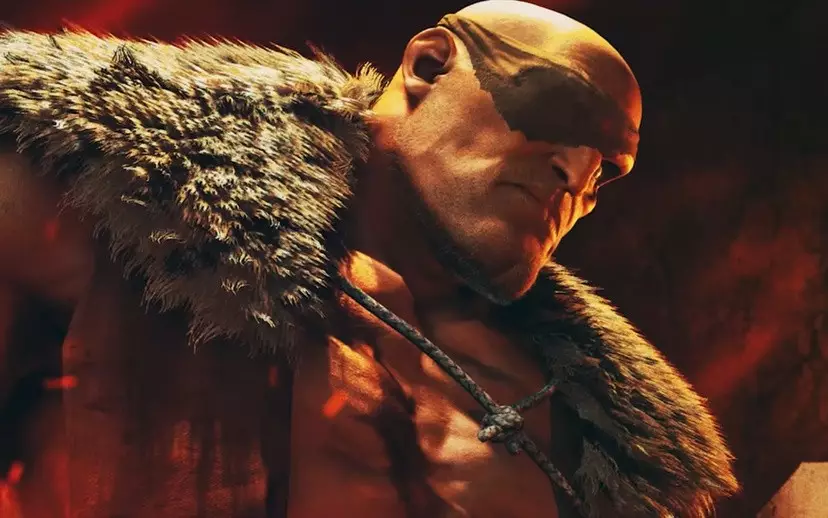The imminent arrival of Sagat in Street Fighter 6 marks more than just a new character addition; it symbolizes Capcom’s strategic brilliance in blending nostalgia with modern gaming innovation. As the “Emperor of Muay Thai,” Sagat has long stood as a symbol of martial mastery and fierce rivalry, and his return signals Capcom’s understanding of the enduring appeal of iconic characters. His inclusion is not merely about gameplay diversification but about reigniting the passion of veteran fans who grew up battling on arcade cabinets, while simultaneously attracting new players through compelling updates and engaging content. The decision to feature Sagat prominently reaffirms Capcom’s mastery in balancing legacy with innovation—a move that guarantees excitement and anticipation within the fighting game community.
Innovative Rewards and Content Strategy
Capcom’s approach to DLC and in-game rewards demonstrates a sophisticated understanding of player engagement. The “Sagat Arrives” Fighting Pass offers a spectrum of premium rewards—from exclusive EX Colors for Ryu and Ken to brand-new titles, music tracks, avatar gear, and challenger screen illustrations. This curated selection caters to both aesthetes and competitive players alike, fostering a sense of exclusivity and personalization. Interestingly, Capcom also packages in a classic game, Tiger Road, blending retro gaming with contemporary experiences, which vividly appeals to gamers’ sense of history and nostalgia. Adding to this, free rewards, such as skins or emotes, incentivize ongoing engagement, cultivating a loyal community eager for continual content drops.
Strategic Timing and Broader Partnerships
Timing is pivotal in the world of gaming, and Capcom’s meticulous rollout—beginning with the Fighting Pass on July 4th, 2025, leading to Sagat’s official debut in August—exemplifies a strategic marketing cycle designed to sustain player interest. The lineup, including characters like C. Viper, Alex, and Ingrid, alongside Sagat, underscores a diversified roster that balances fan favorites with fresh faces. Moreover, the collaboration with K-pop sensation Aespa, unveiled in the same period, demonstrates Capcom’s deft leveraging of popular culture to expand reach and create buzz beyond core fighting game fans. These strategic partnerships not only elevate Street Fighter 6’s profile but also reinforce its position in the broader entertainment landscape.
Anticipating the Future of Fighting Games
Capcom’s ongoing updates hint at the evolution of fighting games into cinematic, multi-layered experiences. The focus on detailed character customizations, vibrant event settings like Sagat’s Thai mountain dojo, and the promise of future gameplay reveals show that Street Fighter 6 aims to transcend traditional boundaries. For enthusiasts, this signals an exciting shift—where strategic content development and cultural collaborations converge, transforming a classic franchise into an expansive universe. The digital battling arena now resembles a bustling stage for innovation, nostalgia, and community building, with Capcom leading the charge in redefining what modern fighting games can achieve.
In essence, Capcom’s latest moves reflect an optimistic future—where tradition fuels innovation, and every new drop is a step toward revitalizing a legendary franchise in a rapidly changing gaming landscape.

